
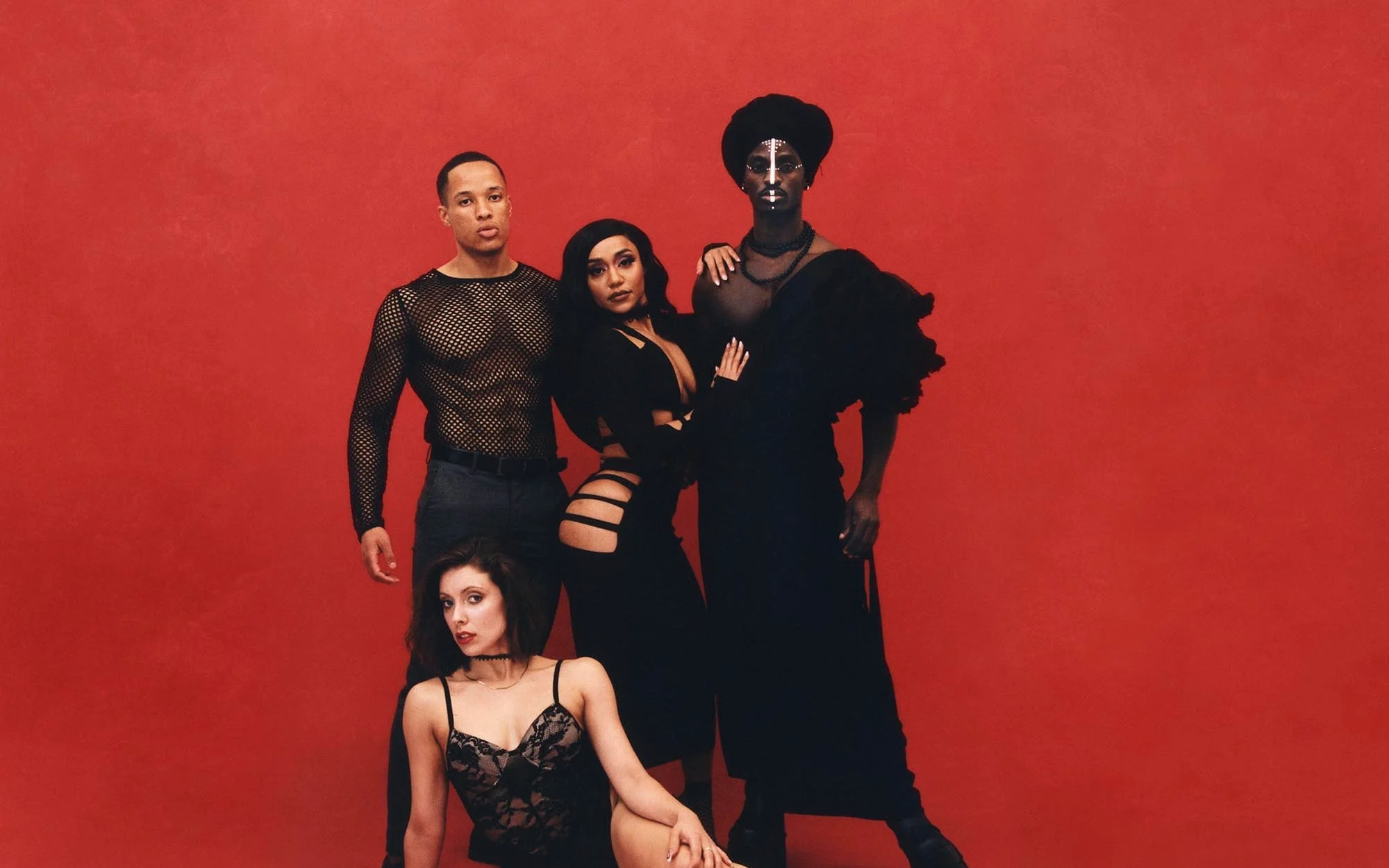
The venerable House of LaBeija, widely considered to be the world’s first ballroom house, has long been a respected institution within New York’s Black queer community. And today, thanks to shows like “RuPaul’s Drag Race” and “Legendary,” it’s a world-renowned creative force. After being initiated into their ranks, photographer Myles Loftin set out to capture the faces of the House’s New York chapter in all their glory. He speaks with writer Alim Kheraj about some of his favorite images, and explains the necessity of archiving Black queer life and joy.
For Myles Loftin, the job of image-maker comes with a lot of responsibility. “There is a lot of weight held within images,” the photographer says. “We’re constantly surrounded by media and it directly influences the way that we think about people—who is acceptable, who is not; what is possible for us and what is not. It all affects our subconscious.”
To counter these narratives, Loftin has made it his mission to showcase queer communities—and specifically Black queer communities—that have traditionally been overlooked or misrepresented. “My goal is to move beyond antiquated ways in which the media has represented people or excluded people, because it’s important to see yourself accurately represented.”
A 2020 graduate of the Parsons School of Design, Loftin has created campaigns for Calvin Klein, Nike, and Converse, and had work featured in publications such as Dazed, i-D, The Fader, and New York Magazine. His final thesis project, “In The Life,” which he described as an “archive of images that Black queer people can look to for solace or inspiration,” focused on the exclusion of queer Black life in photography.
These photos capture what it means to be empowered through love and support.

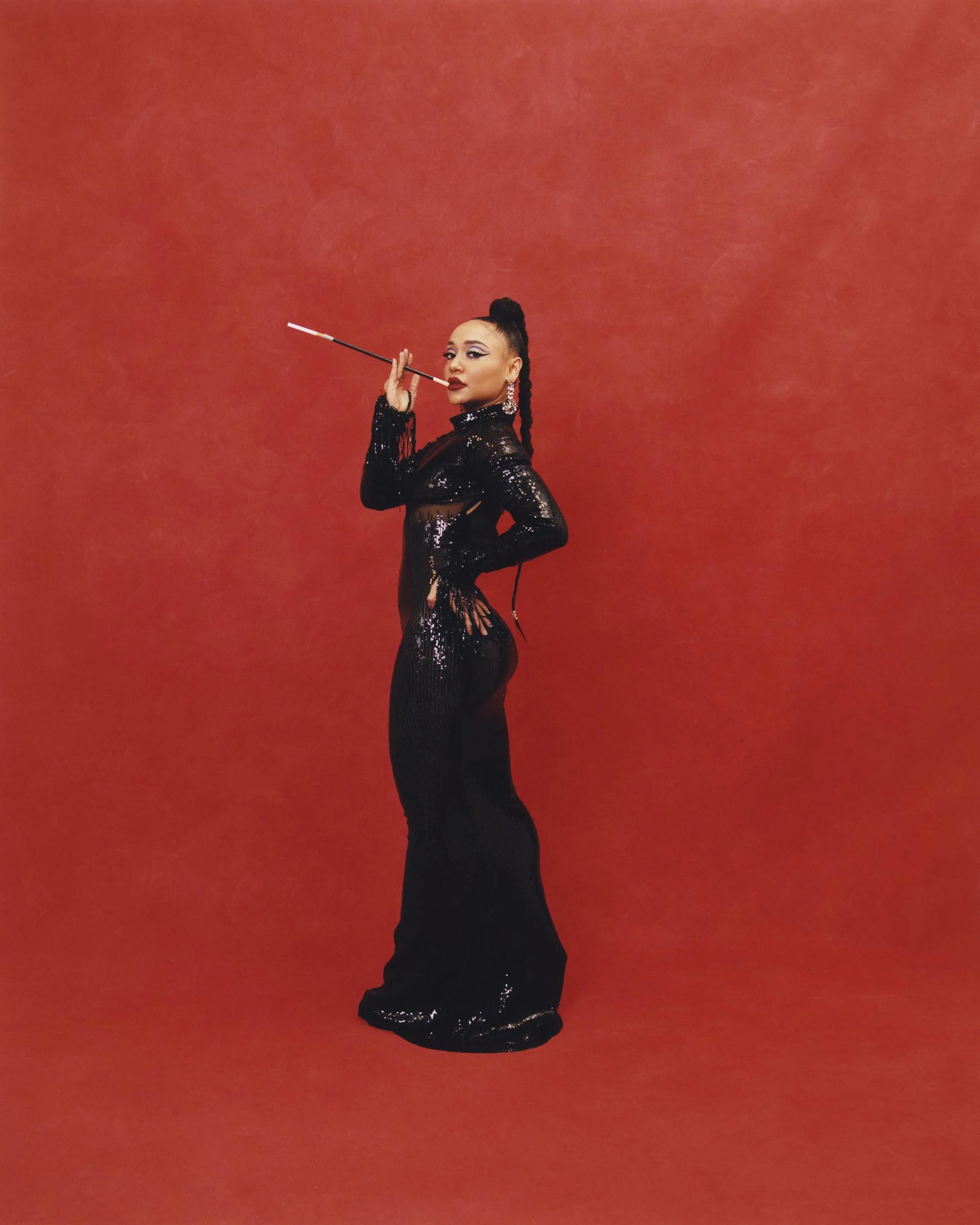
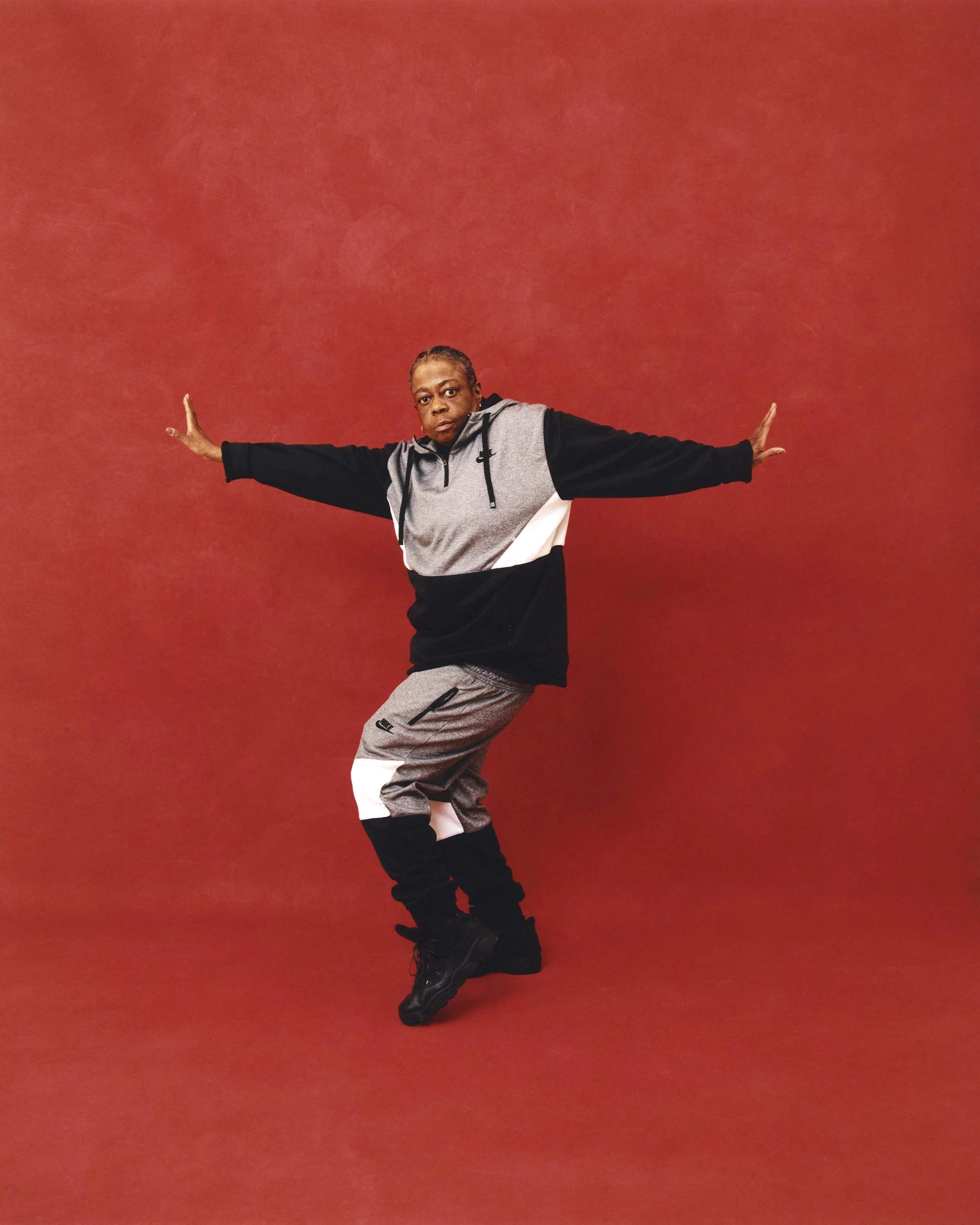
It was while working on this project in Miami that Myles was introduced to the legendary House of LaBeija. Founded in New York by the late Crystal LaBeija, it’s often cited as the first ever ballroom house. Featured in the 1990 film “Paris Is Burning” and shows such as “RuPaul’s Drag Race” and HBO’s “Legendary,” the house is still a prominent fixture on the competitive ballroom scene, as well as a global enterprise with chapters all over the world.
“Houses are about support and empowerment,” says Marcus LaBeija, the House Father of the New York chapter. “Inequalities still run rampant in the LGBTQ+ POC community. Many Black gay youths may find themselves alone in the world, regardless of access [to resources]. Ballroom and houses provide a safe space where Black queer people can find a sense of acceptance and unconditional love that they may not receive anywhere else.”
Loftin was later initiated into the New York chapter; and in November 2021, with fellow member Rob Trey LaBeija, he embarked on a project to capture the House of LaBeija. He was inspired by the work of French photographer Chantal Regnault, who documented Harlem’s vibrant ballroom culture between 1989 and 1992. “She did a lot of reportage images at the balls, but she did some really beautiful black-and-white studio portraits of some of the iconic members of different Houses,” Loftin says.
I wanted people to just look at this person and get a sense of who they are and what their story is.
“I was also thinking about how, despite the fact that ballroom culture has recently become more mainstream, there is still a large part of the population that think of it as something that happened in the ’80s or the ’90s, and that people don’t do it anymore. I thought that it was something that people need to know still happens, and I wanted to do these elevated studio portraits to put a spotlight on these people in the community.”
Titled “True Beauties,” the series showcases the House of LaBeija in all its individuality and creativity. Loftin’s sitters “personify our struggles, our strengths, resilience, and diversity as a chosen family and community,” says Marcus LaBeija. “These photos capture what it means to be empowered through love and support.”
Tiffany LaBeija
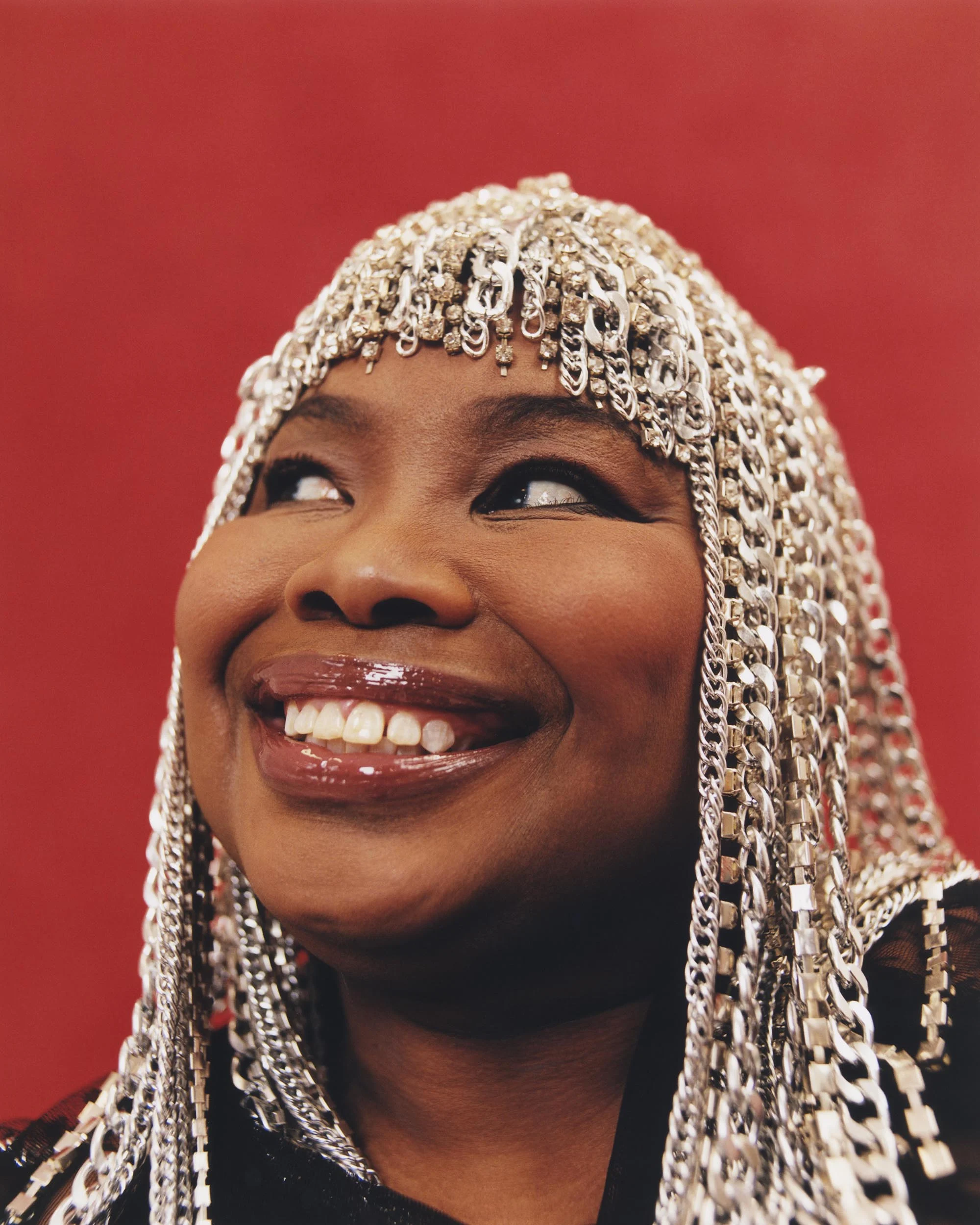
“Tiffany has been in the House for a while. She doesn’t walk, but rather provides support—she was actually the producer for this shoot.
“For the shoot, I wanted to have a mixture of very intimate portrait shots, and some that pull back so you can see the full effect of people’s outfits, as what you’re wearing is such a big part of ballroom. But I wanted to zoom in too, so audiences had a chance to have a closer encounter with the individual in front of them.”
Myles LaBeija

“My assistant helped me take this self-portrait. When I first started with photography, I did shoots with my cousin. But a lot of the time I was at home and too nervous to ask people whether I could photograph them, so I would just take pictures of myself in my parents’ guest bedroom and our living room. I think that made me more comfortable in front of the camera, and now it’s not something that I shy away from.”
Krystal
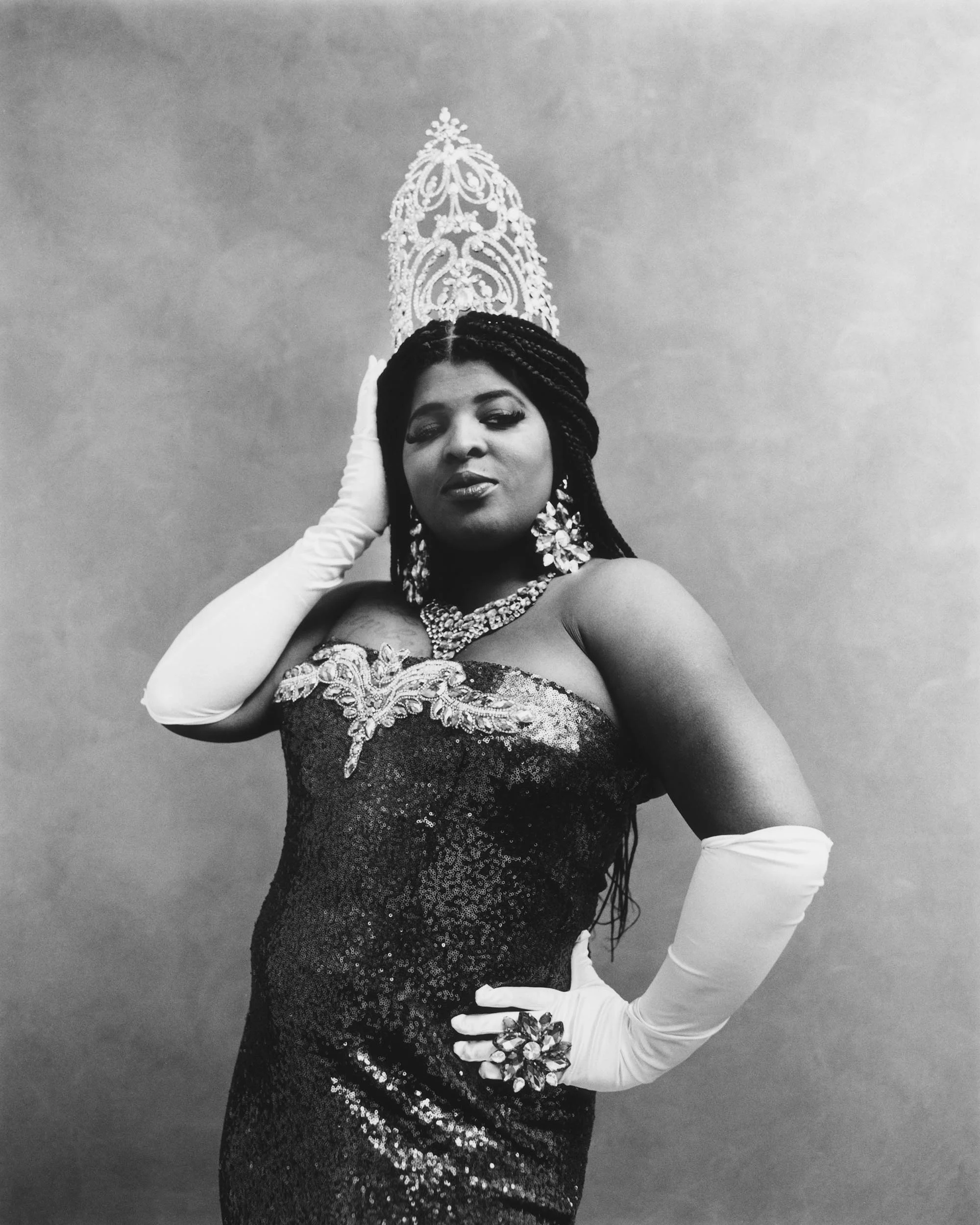
“Krystal was a long-time member of the House, although she recently left. She’s hilarious, and was always cracking jokes at practice. Since she was one of the older members, she was always giving us tips on what to do at a ball, and how to improve in your category. She was really encouraging of everybody. I think she looks great and she has such confidence in this photo. She’s feeling herself.”
Ari LaBeija
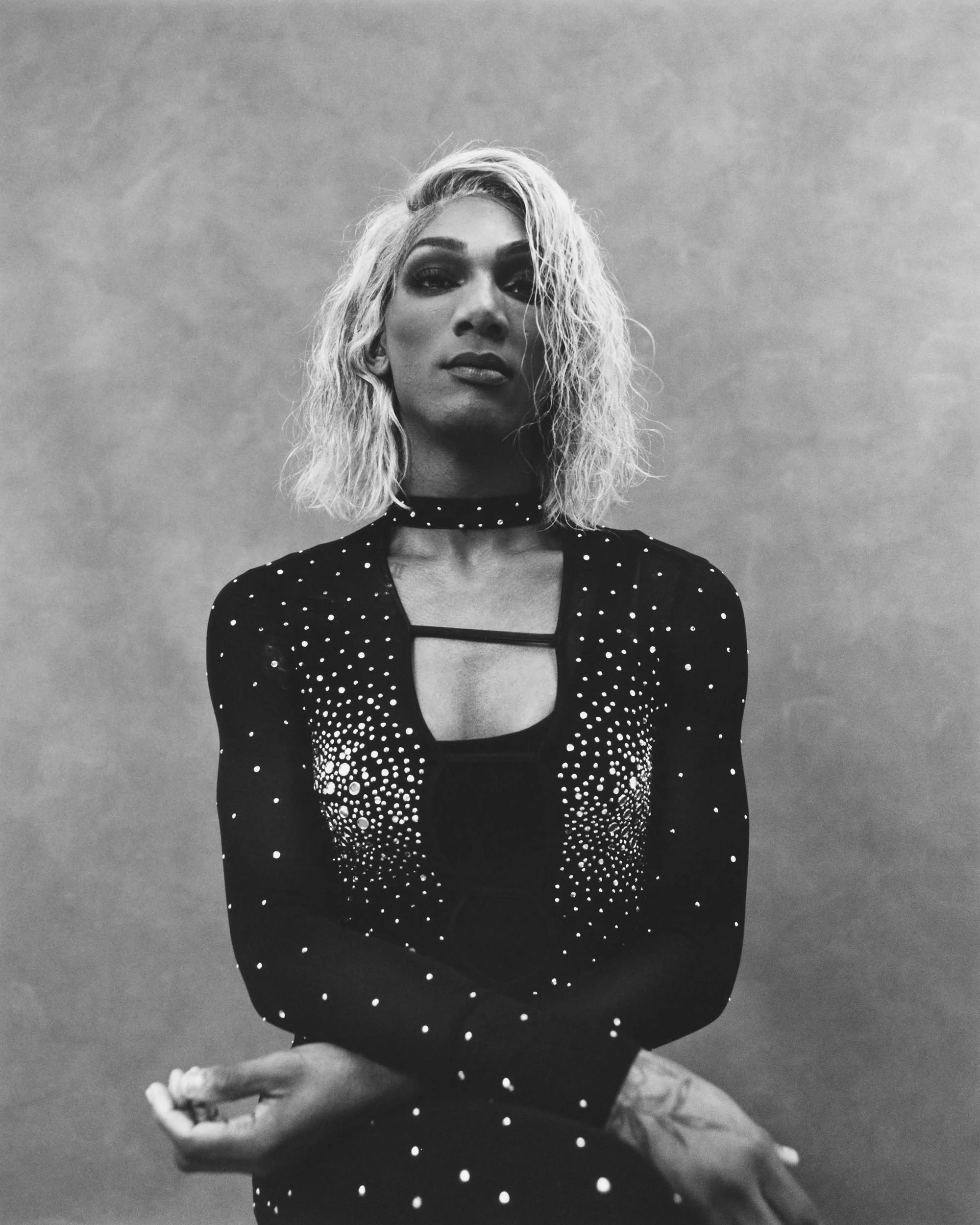
“I initially came into the House of LaBeija through the Miami chapter, and then I joined the New York chapter. There were a couple of other people my age who joined at the same time, and Ari was one of them.
“I actually don’t usually shoot in black and white—a lot of my work is heavily based in color. But I thought that for this series, it was important to have some photos that were stripped of color so that the audience was just focused on the subject. Color can sometimes distract us from focusing on the point. I wanted people to just look at this person and get a sense of who they are and what their story is.”
Emolsa LaBeija
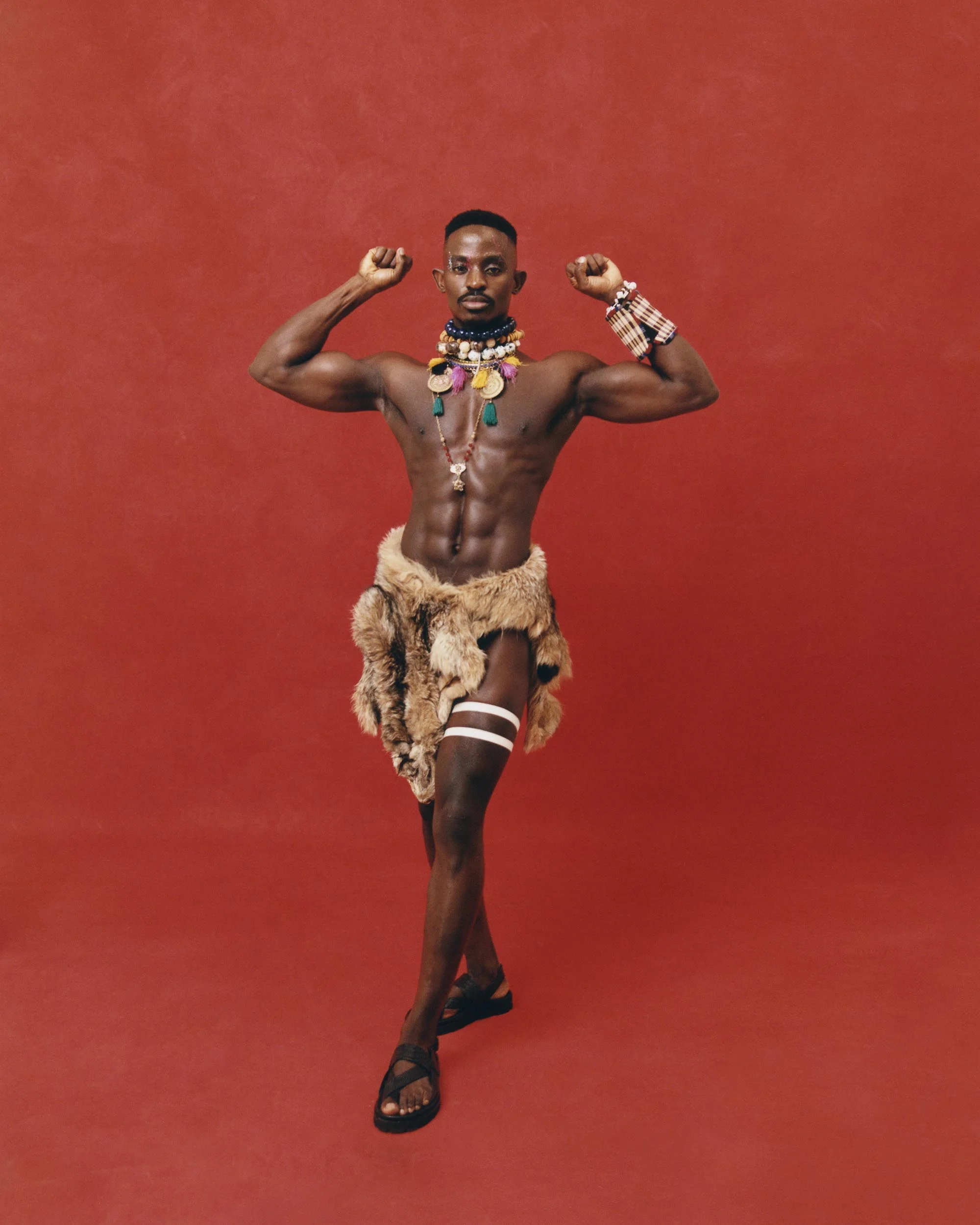
“Emolsa walks All American Runway and Body at the balls. He’s also a new member. He joined around the same time that I did. He models on the side and does content creation, so he’s always bringing his creativity to the looks that he walks in. He’s also from Africa, so he was channeling that with this look that he brought to set that day.”
Marcus LaBeija
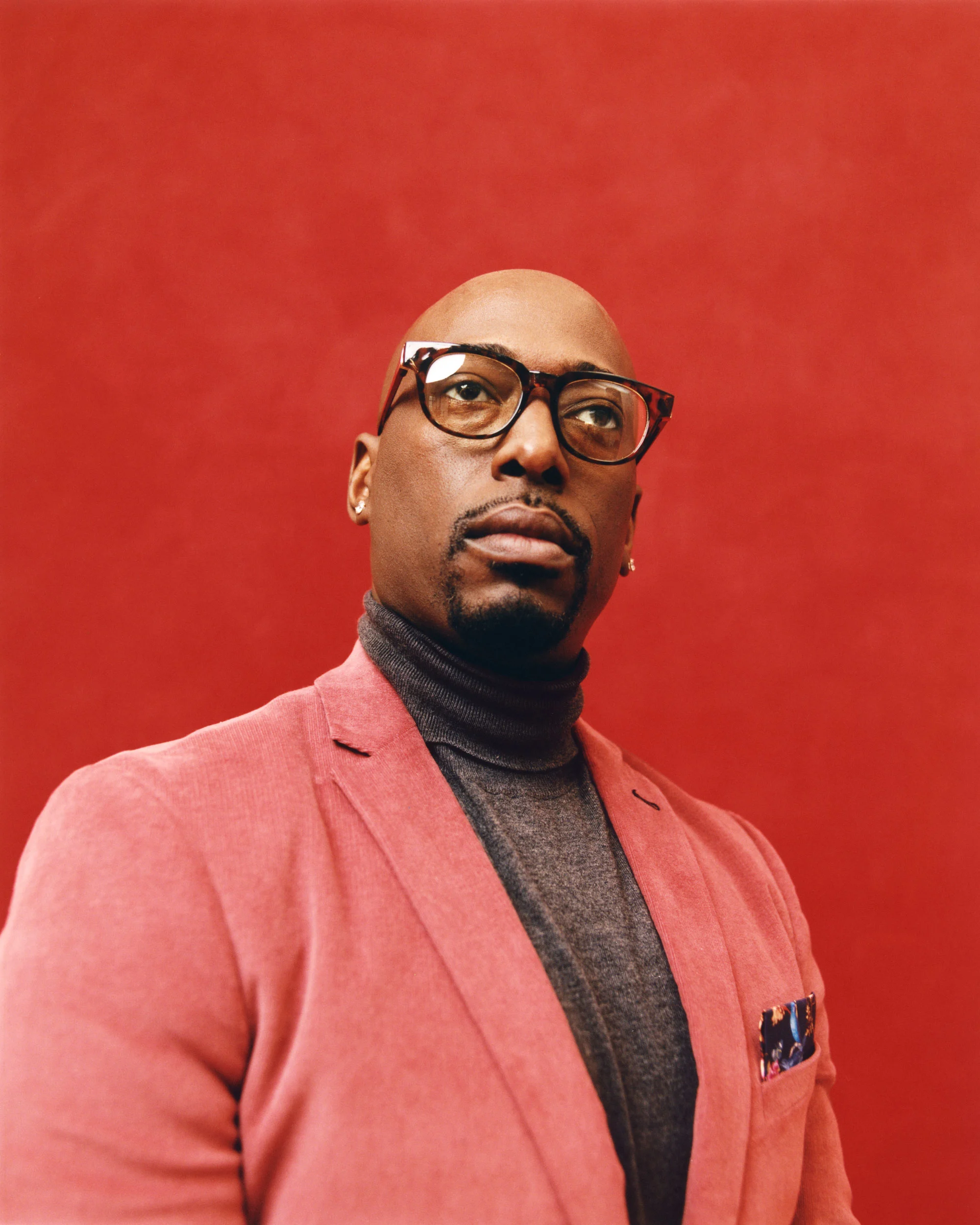
“This is Father Marcus, who is the House Father of the New York Chapter. He walks Executive Realness. His day job is in production, so he’s worked with BET and that sort of thing. He pretty much keeps the ship afloat and makes sure that things are going smoothly. He encourages us to get better and to come to practice.”

